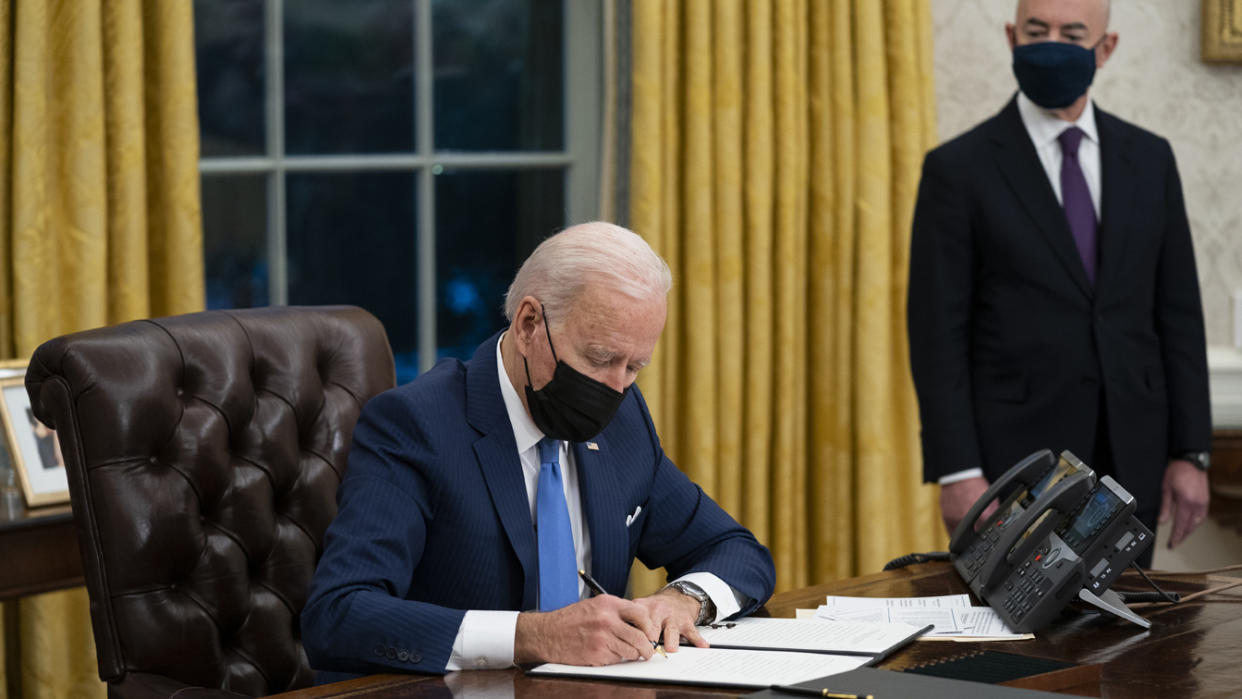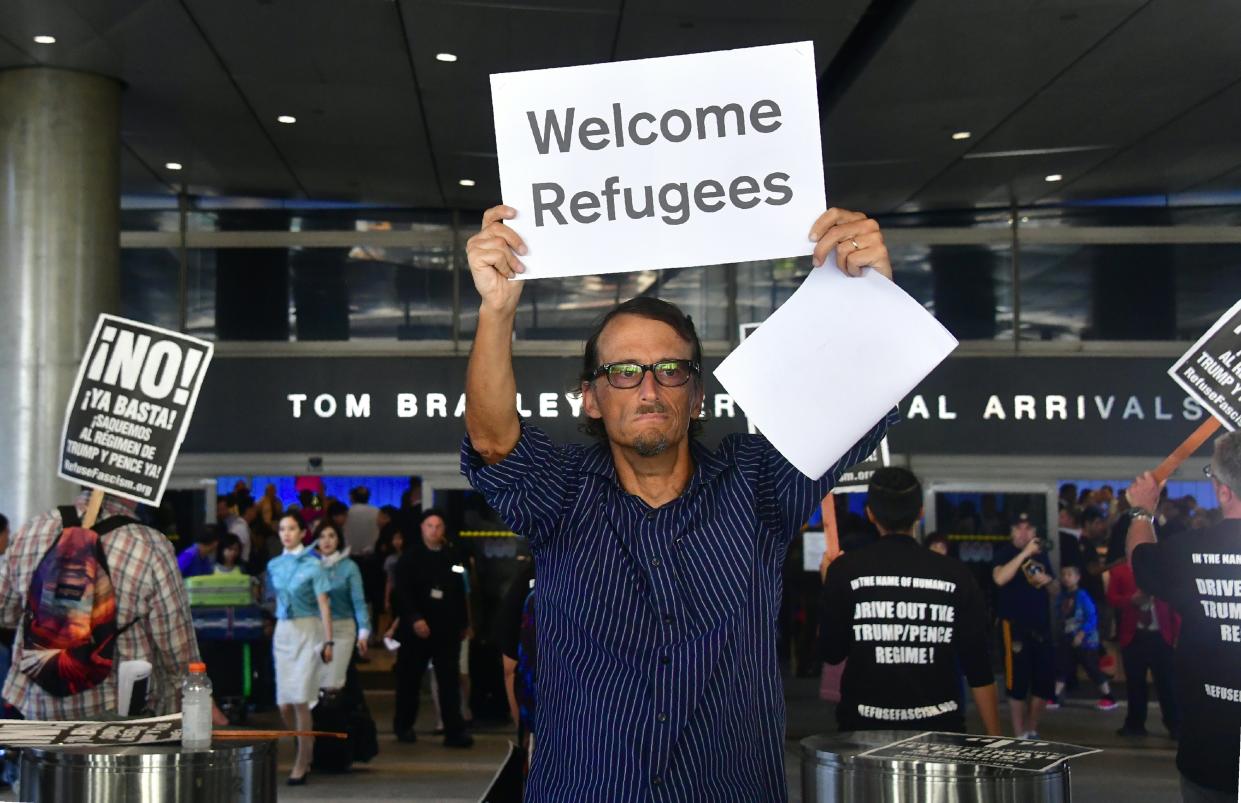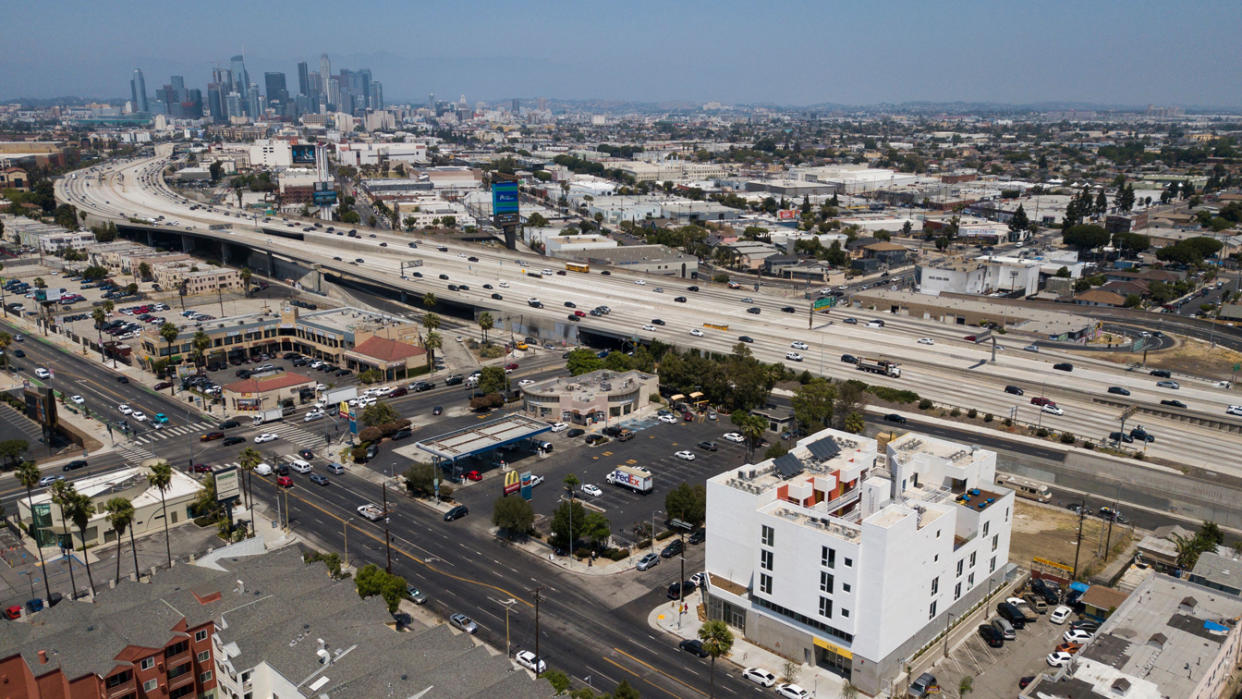U.S. housing shortage presents new challenge for refugee resettlement
When the White House announced earlier this month that it would increase the number of refugees granted admission into the United States this fiscal year by four times the previous target, to 62,500 people, reversing course from President Biden’s initial plan, immigrant advocates applauded the decision. Yet groups working to help resettle refugees are now facing another new challenge: finding housing for new migrants.
Sheryl Rajbhandari, the founder of Heartfelt Tidbits, a Cincinnati-based organization that has helped resettle over 50,000 people in western Ohio since 2008, worries that refugees will be pushed into inappropriate housing. The government-approved resettlement agencies that sponsor refugees and provide services for the first 90 days will often place them in public housing with high crime rates.
Those agencies “want the money for each individual they resettle. So it’s like ‘We don’t really care if we move people,’” she said.

The program for refugees is distinctly different compared with migrants coming to the U.S. seeking asylum, often at the southern border with Mexico. Refugees have to be vetted while still overseas and approved for admission into the U.S., while asylum seekers come to the U.S. border seeking protection in a new country.
Once refugees are in the United States, a resettlement agency is responsible for finding and paying for housing for them for an initial period. In a real estate market driven to new highs by the pandemic, finding that housing has become increasingly difficult.
Low-income and potentially dangerous housing may expose already vulnerable families to crime, and it can also restrict those families from getting the resources they need, Rajbhandari argued.
“If it’s a high-crime area, folks don’t want to go into that area,” she said. “So folks who might be able to provide assistance don’t feel comfortable driving into places where there are people being shot at and drugs are being dealt.”
Rajbhandari, whose organization works with refugees to help them after that initial 90-day assistance runs out, says that in her experience, immigrants sometimes move up to three times within the United States before they decide where they want to be permanently. The best-case scenario for a migrant family is a single-family home or townhouse, where they’re encouraged to pay rent and find work.
“And I think the real fear is that there isn’t even a place to put them,” Rajbhandari said.
The concerns over housing come as organizations working with refugees deal with two challenges: a sudden increase in the cap for people eligible for resettlement and limited government resources in place to help them.

Kathie O’Callaghan, the founder of Hearts & Homes for Refugees, a nonprofit based in Pelham, N.Y., that specializes in refugee and asylum seeker resettlement, believes government programs designed to assist in the resettlement process were “gutted” under the Trump administration, making it difficult to see how the 62,500 number is achievable by the start of the next fiscal year in October.
Even so, there are currently 35,000 refugees who have already passed security checks and have been cleared for entry into the U.S., and there are another 100,000 in the pipeline. Independent resettlement organizations around the country are optimistic about reaching the 62,500 target, however difficult to achieve. The challenge now will be finding them appropriate housing.
The pandemic has led people with more disposable income to improve their homes and buy new ones. Across the United States, home sales are reaching a new peak amid historically low interest rates, making affordable housing harder than ever to find.
Miry Whitehill, the founder of Miry’s List, a Los Angeles-based nonprofit that assists families with the resettlement process, said this is a problem that goes deeper than just housing. The cost of resettlement loans and plane tickets means many refugees enter the United States already owing money they must repay.
“Something that I think is really important to mention here is that refugees are starting out in debt,” Whitehill said. “Every refugee, they’re required to sign a financial contract agreeing to reimburse the resettlement agency for the cost of their flights.”

Whitehill said some families have a $15,000 deficit when they arrive, meaning their choices about housing and location are severely limited. Miry’s List surveyed nearly 600 families it has helped resettle, asking them about debt and resettlement loans, and found that many facing this financial burden reported excessive stress, anxiety and depression.
“We need to rebuild a system that works, to make sure that we don’t have families starting behind the line,” said Whitehill, who suggested educating immigrants about finances and housing from the start.
“The housing is so important, but it’s one piece of this puzzle,” she said. “You can’t do a puzzle by focusing on one piece.”
____
Read more from Yahoo News:


